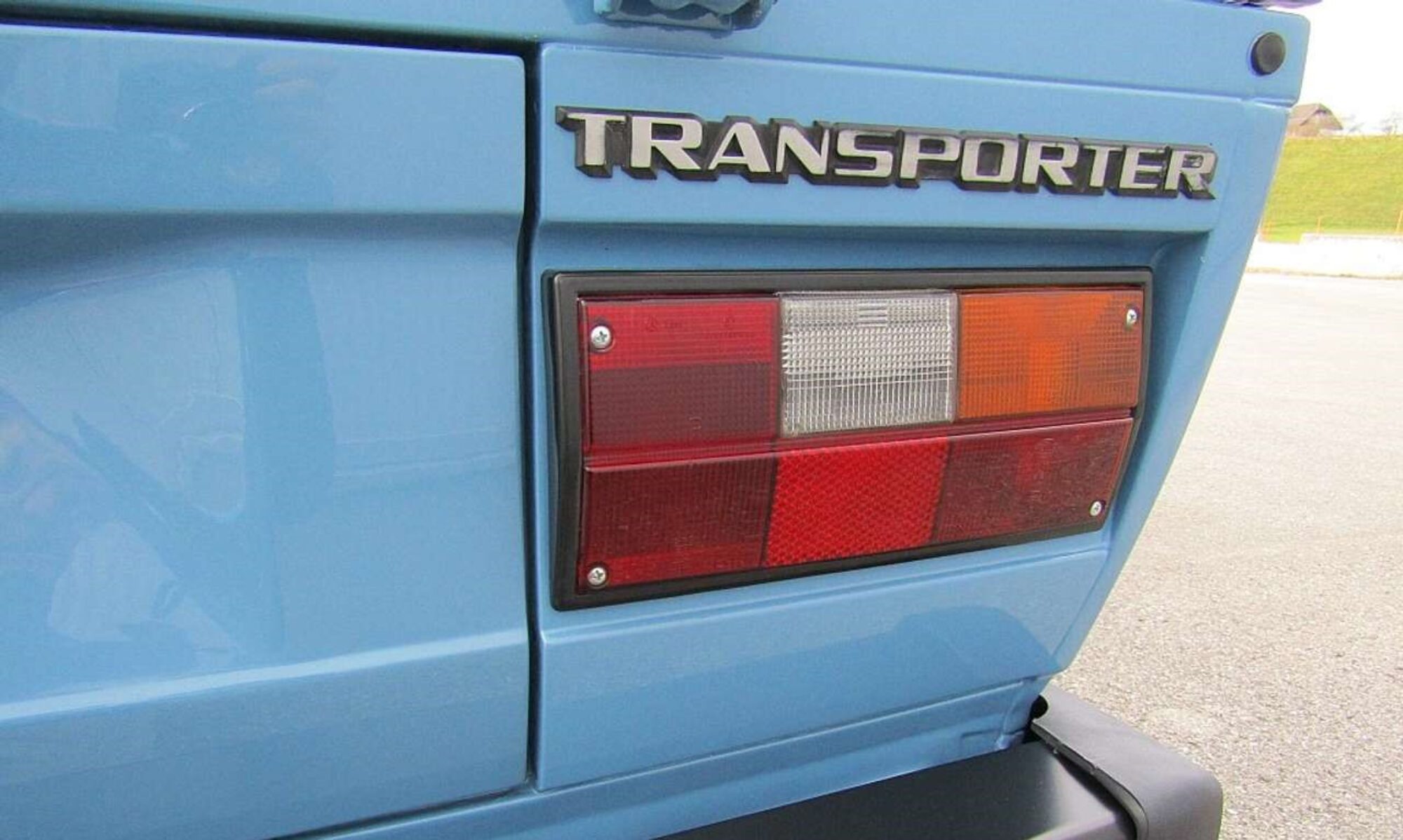It was going to be really hot today and I wanted to get the Raptor sprayed early to avoid shortening its pot life. Besides, I was pretty eager to see how it turned out. The Raptor kit comes with 4 750ml bottles of product, a 1000ml bottle of catalyst and a spray gun. It is really easy product to work with. You just add 250ml of catalyst to one of the 750ml bottles, shake for 2 minutes, screw the actual bottle to the gun and start shooting. You want to wear a respirator suitable for paintwork and some protective clothing. The Raptor sprays really easily with minimal overspray. Working under the van as I did it was even pretty easy to shoot above me. The hardest part of the job was seeing well enough to make sure I got good coverage.
The best part of doing this job is seeing the results. Detailing the underbody is pretty much going to be a massive win no matter how you approach it, as anything is going to look so much better than how it did when you started. Furthermore, it’s the underbody and you don’t have to be completely careful as you would painting the body itself or some nice part. The photos don’t do it justice. It looks far better in person. I hung my LP gas tank on my parts painting rack and set it over dirt as the Raptor has a fair amount of spatter and I didn’t want that raining down on my concrete drive. I sprayed the tank and after an hour or so I spray painted over it in white. It turned out great!

White Top Coat Applied over Raptor
As I was painting the tank, I heard the UPS truck and knew my 12 ga sheet metal plate had arrived. If you ever need a small quantity of sheet metal (in my case a 12″x12″ piece), check out eBay. I’ve ordered a few small bits of metal there and had great results.
The temperature was 104° and I was really feeling delirious. I rested for a very short while, but my desire to complete this project overcame my need for self preservation, so I set about cutting my two subframe mounting plates. I test fit them and made some small length adjustmets, so they fit how I wanted them to. My next step was to install the subframe in order to get a sense for how the plates should sit side to side. I set the subframe on a rolling rack I have and lowered the van onto it. I bolted it in at the rear and placed the plates in position, carefully taking measurements and centering them. After I was satisfied with their placement, I tack welded them in place and removed the subframe. I then fully welded them in and refit the subframe to mark my mounting holes. Those were drilled, I bolted the subframe and stood back. My van was no longer a 2WD van, but basically a disassembled Syncro. This moment was monumental to me.

Plate Clamped in After Fitting
Once this was done, I marked and drilled the holes for the two sway bar mounts that attach just behind the subframe on those same plates. While this was happening my lovely assistant was, once again, masking and hanging plastic sheeting for the tomorrow’s Raptor coating of the front underbody.
Day Seven complete!













































You must be logged in to post a comment.